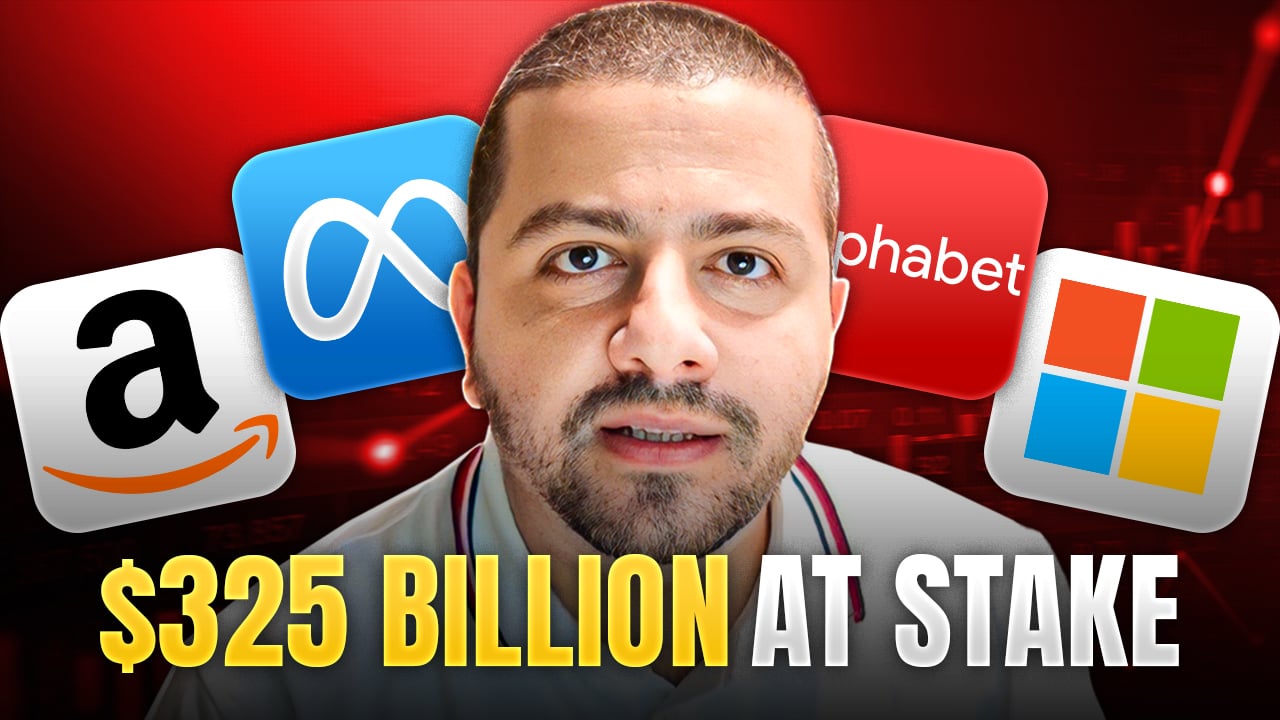The social networking business is quickly changing, as most large companies are facing the reality of reaching the growth limits for new users. This means that they must figure out ways to tap deeper into existing users, not only to find ways to monetize them, but also keeping them engaged and using the service.
At this time, Twitter (TWTR +0.00%) has been under pressure because some believe its growth is slowing down. This suggests concerns over how it will generate earnings going forward. It's likely that this is a premature concern, but it does point to the inevitable slowdown in growth and the fickle nature of engagement on the Internet.
Facebook (FB +0.58%) faces similar challenges. In its case, the largest of these the drop in usage among young people which many advertisers prefer to market to.
LinkedIn going forward
On the other hand, LinkedIn (LNKD +0.00%) continues to grow nicely, with membership jumping to 277 million as of the fourth quarter. This is a gain of approximately 37% over the same quarter last year.
LinkedIn only has about 4 million members in China, and with that market being the focus for international growth, there is a lot of room for improvement. This should help drive the company's growth for a number of years into the future.
When considering the successful implementation of its talent solutions business and advertising unit as well, it all points to many positives for shareholders. Its talent solution business, which is simply a phrase for recruiting, boosted revenue in the fourth quarter to $245.6 million; this equated to a gain of 53%. Advertising was up to $113.5 million, a gain of 36% from last year in the same reporting period.
Facebook's strategy
Facebook, which is much faster to experiment than Twitter, is trying a couple of new things to grow and increase user engagement and interest. To that end, Dan Rose, who heads up acquisitions and is vice president of
partnerships, is attempting to transform the site into more of a town square. The vision is to make Facebook a place where conversations about news, sports, and celebrities becomes a bigger part of the experience.
Rose is trying to move users away from predominately interacting with family and friends, to a broader interest in public figures and what they are doing and saying. In the short term, that means introducing popular sporting events and television shows into news feeds and other areas of the Facebook platform.
This is going to be a tough task to accomplish, as Facebook users have somewhat resisted major changes to the experience. What it does point to is Facebook understanding the need to do something to keep users on the site. It's a response to younger users leaving, as well as a preemptive strike against older users tiring of the site and trying alternative means of interacting online.
Facebook doesn't see it as being as big of a challenge as some believe. It sees targeting public content as a continuation and support of what is already happening on the network.
Twitter
The major concern for Twitter, after its first earnings report ever, was whether it will be able to continue to grow. This was a concern because its Monthly Active Users were only slightly up from quarter-to-quarter, increasing only 4%. At this point in time for the company, this is a major concern.
MAU growth was slow domestically and internationally, with U.S. growth up only 3% for the latest quarter and international growth up only 4%. Again, this is a disastrous metric for its first quarter as a publicly traded company. Sequentially (month-to-month), timeline views on Twitter dropped 7%; this also points to a decrease in interest and interaction.
While Twitter can talk about changes and other strategies, the truth is that it needs to quickly turn its growth narrative around or it's going to continue to get hammered.
Outlook
Twitter already relies heavily on celebrity engagement as part of its attraction, with a number of celebrities having a significant presence on the site. Facebook is attacking this strength by making deals like it did recently with Beyoncé during her latest album release.
Facebook, even in a challenging market, continues to grow. Twitter, meanwhile, apparently had a weakness exposed that it must quickly mitigate if it doesn't want to have its share price crushed.
For LinkedIn, it has more of a predictable path as it deals in interactions between professionals. If you want exposure to the social networking sector, LinkedIn is probably the safest bet of the three companies mentioned here. Facebook is the next safest bet. I would wait on Twitter until it proves that it has the substance to be a legitimate business model, which will take several quarters before a clearer picture emerges.






